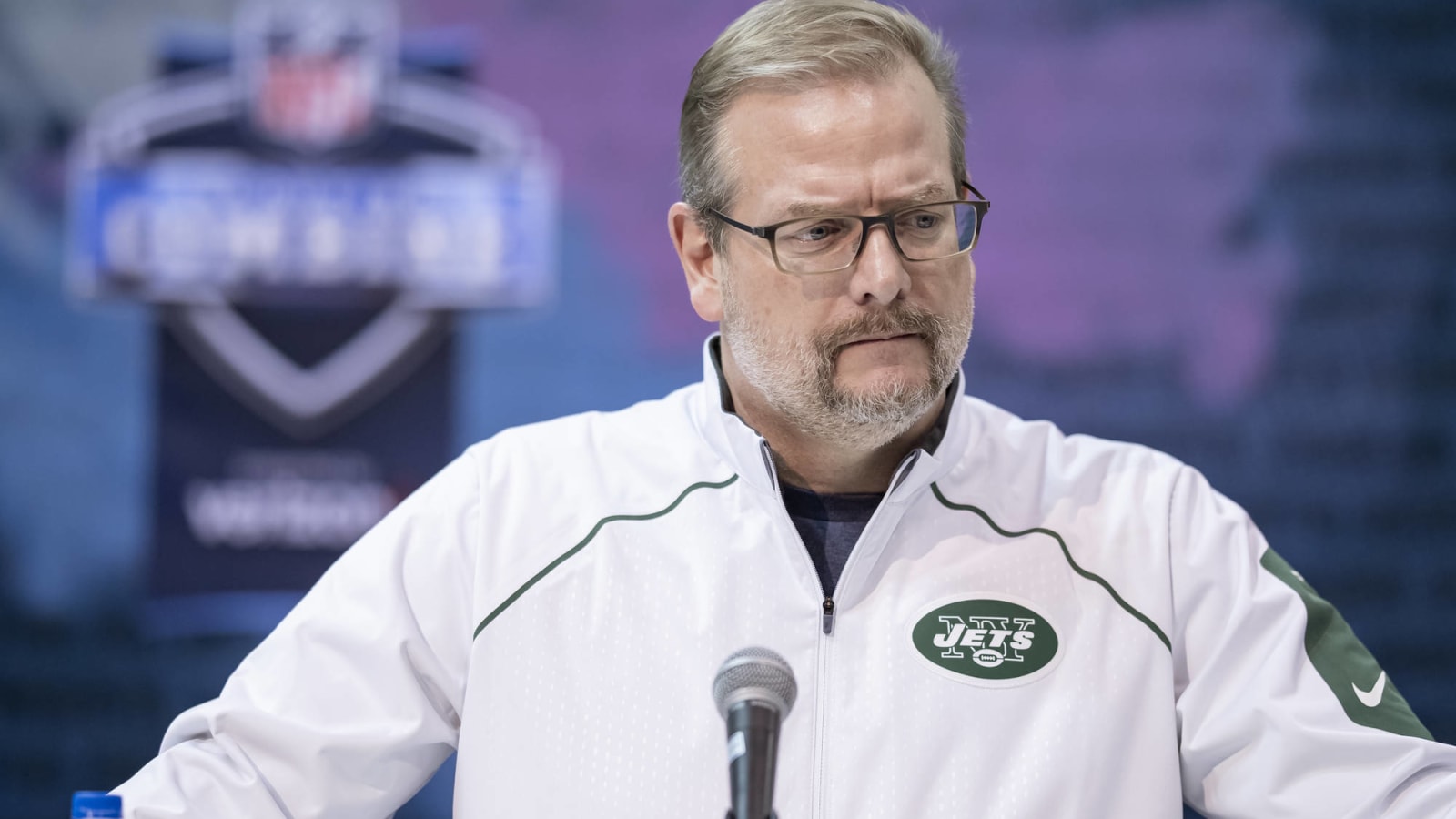x

Michael Hickey/Getty Images
The '2019 NFL General Manager' quiz
Can you name all 32 NFL general managers for the 2019 season? An asterisk indicates a de facto or interim general manager. Quiz clue: Team / Year hired as GM. Good luck!
SCORE:
0/32
0/32
TIME:
5:00
5:00
ARZ / 2013
ATL / 2008
BAL / 2018
BUF / 2017
CAR / 2018
CHI / 2015
CIN / 1991*
CLE / 2017
DAL / 1989*
DEN / 2011
DET / 2016
GB / 2018
HOU / 2018
IND / 2017
JAX / 2013
KC / 2017
LAC / 2013
LAR / 2012
MIA / 2016
MIN / 2012
NE / 2000*
NO / 2013
NYG / 2018
NYJ / 2019
OAK / 2019
PHI / 2010*
PIT / 2010
SF / 2017
SEA / 2010
TB / 2014
TEN / 2016
WAS / 2010*
More must-reads:
- Did signing Le’Veon Bell get Mike Maccagnan fired?
- All the questionable decisions that cost Mike Maccagnan his job
- The 'Most sacks in an NFL season' quiz
Breaking News
Trending News
Quiz of the Day Newsletter
If you enjoy sports quizzes, you'll love Yardbarker's Quiz of the Day Newsletter, home to the best sports quizzes anywhere.
- Join the thousands of sports fans who are already addicted.
- Challenge your friends, or play solo.
- Always free!
Subscribe now!








